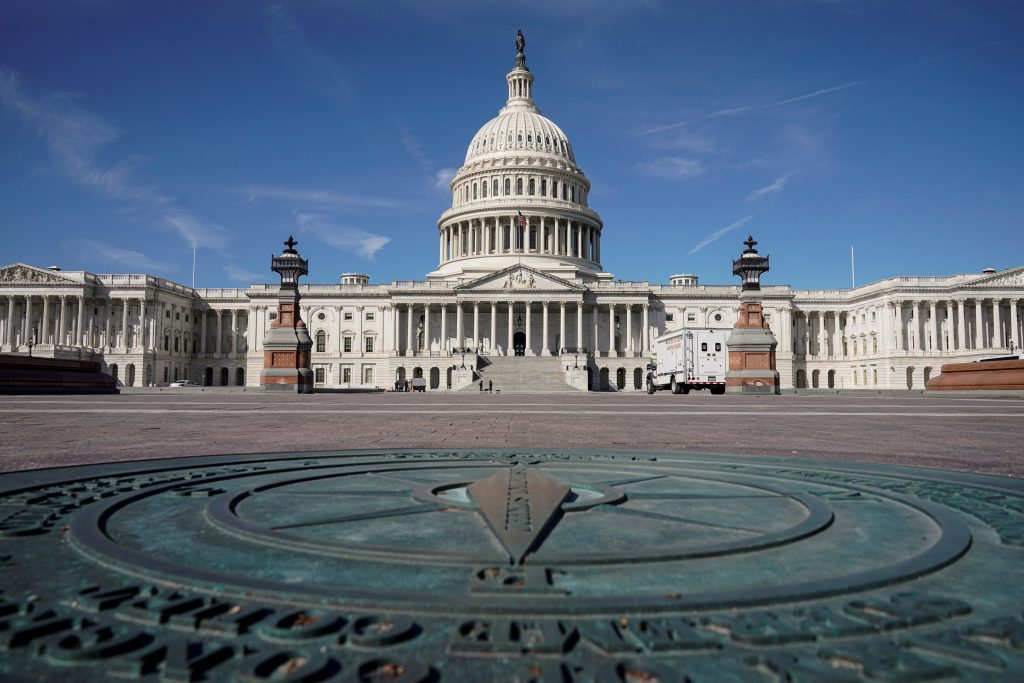Secret U.S.-Iran Talks Set Stage for Nuke Deal
The United States and Iran secretly engaged in a series of high-level face-to-face talks over the past year in a high-stakes diplomatic gamble by the Obama administration that paved the way for the historic deal sealed early Sunday in Geneva aimed at slowing Tehran’s nuclear program.
The discussions were kept hidden even from America’s closest friends, including Israel, until two months ago, and that may explain how the nuclear accord appeared to come together so quickly after years of stalemate and fierce hostility between Iran and the West.
But the secrecy of the talks may also explain some of the tensions between the U.S. and France, which earlier this month balked at a proposed deal, and with Israel, which is furious about the agreement and has denounced the diplomatic outreach to Tehran.
President Barack Obama personally authorized the talks as part of his effort to reach out to a country the State Department designates as the world’s most active state sponsor of terrorism.
The talks were held in the Middle Eastern nation of Oman and elsewhere with only a tight circle of people. Since March, Deputy Secretary of State William Burns and Jake Sullivan, Vice President Joe Biden’s top foreign policy adviser, have met at least five times with Iranian officials.
The last four clandestine meetings, held since Iran’s President Hassan Rouhani, who was elected with reformists’ help, was inaugurated in August, produced much of the agreement later hammered out in negotiations in Geneva.
The diplomatic gamble with Iran, if the interim agreement holds up and leads to a final pact preventing Iran from acquiring nuclear weapons, could avert years of threats of U.S. or Israeli military intervention. It could also prove a turning point in decades of hostility between Washington and Tehran — and become a crowning foreign policy achievement for Obama.
But if the deal collapses, or if Iran covertly races ahead with development of a nuclear weapon, Obama will face the consequences of failure at home and abroad. His gamble opens him to criticism that he has left Israel vulnerable to a country bent on its destruction and that he has made a deal with a state sponsor of terrorism.
At Obama’s direction, the U.S. began a tentative outreach shortly after his inauguration in January 2009. Obama and Iran’s supreme leader, Ayatollah Ali Khamenei, exchanged letters, but the engagement yielded no results.
That outreach was hampered by Iran’s hardline former president, Mahmoud Ahmedinejad, whose re-election in a disputed vote in June of that year led to a violent crackdown on opposition protesters. The next month, relations seemed at another low when Iran detained three American hikers who had strayed across the Iranian border from Iraq.
Ironically, efforts to win the release of the hikers turned out to be instrumental in making the clandestine diplomacy possible.
Oman’s Sultan Qaboos facilitated the release of the hikers and then offered himself as a mediator for a U.S.-Iran rapprochement. The secret informal discussions between mid-level officials in Washington and Tehran began.
Officials described those early contacts as exploratory discussions focused on the logistics of setting up higher-level talks. They took on added weight eight months ago, when Obama dispatched Burns, Sullivan and five other officials to meet with their Iranian counterparts in the Omani capital of Muscat.
Secretary of State John Kerry then visited Oman in May on a trip ostensibly to push a military deal with the sultanate but secretly focused on maintaining that country’s key mediation role, particularly after the Iranian election scheduled for the next month.
Rouhani’s election in June on a platform of easing sanctions crippling Iran’s economy and stated willingness to engage with the West gave a new spark to the U.S. effort. Two secret meetings were organized, in August and again in October.
It was only after an Obama-Rouhani phone call during the U.N. General Assembly summit in September that the U.S. began informing allies of the secret talks with Iran. Obama handled the most sensitive conversation himself, telling Israeli Prime Minister Binyamin Netanyahu during a Sept. 30 meeting at the White House about the two summer meetings, not the March talks.
The next day, Netanyahu delivered his General Assembly speech, blasting Rouhani as a “wolf in sheep’s clothing” and warning the U.S. against mistaking a change in Iran’s tone for a change in nuclear ambitions.
The last secret gatherings between the U.S. and Iran took place shortly after the General Assembly. The deal began to take its final shape.
At this month’s larger formal nuclear negotiations between world powers and Iran in Geneva, Burns and Sullivan showed up as well, but the State Department went to great lengths to conceal their involvement.
They were housed at a different hotel than the rest of the team, used back entrances to come and go from meeting venues, and were whisked into negotiating sessions from service elevators or unused corridors only after photographers left.
This article appeared in print on page 2 of edition of Hamodia.
To Read The Full Story
Are you already a subscriber?
Click "Sign In" to log in!

Become a Web Subscriber
Click “Subscribe” below to begin the process of becoming a new subscriber.

Become a Print + Web Subscriber
Click “Subscribe” below to begin the process of becoming a new subscriber.

Renew Print + Web Subscription
Click “Renew Subscription” below to begin the process of renewing your subscription.





